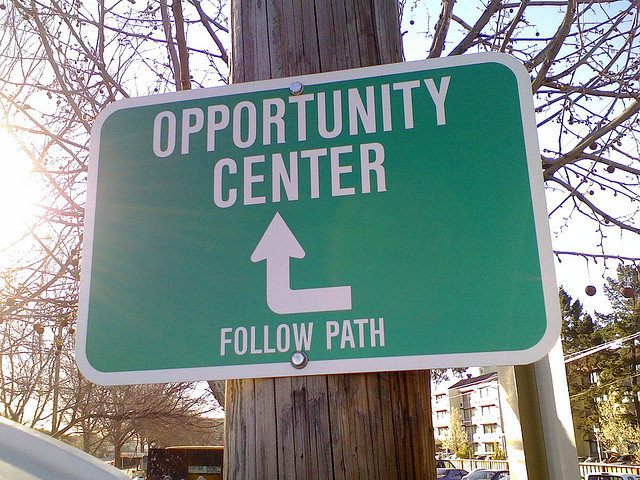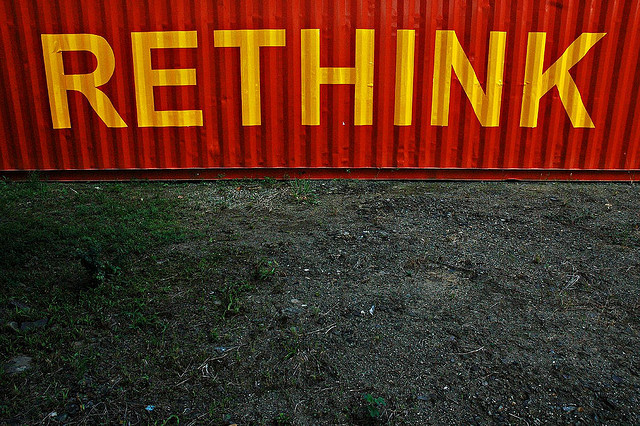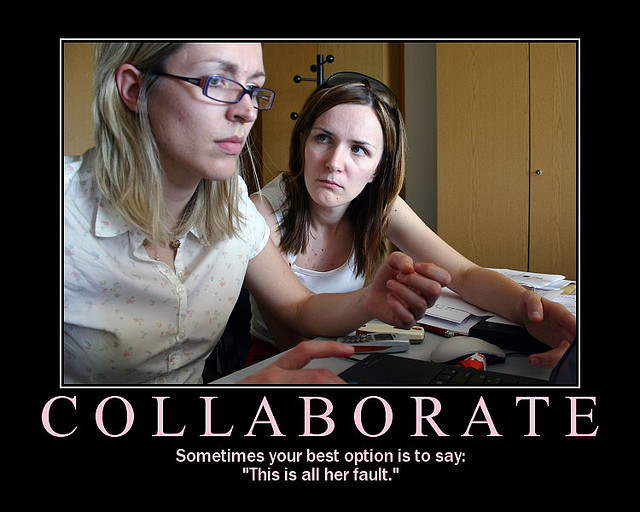
The new year is a built-in invitation to look at everything with a fresh set of eyes, but it’s also a chance to rethink creative opportunities left over from last year. Are there some half-baked ideas still hanging out in the back of your mind? Any current ideas that feel played out and uninspired? What about projects that involve collaborators and shared paths? Do they still feel like a fit?
It’s human nature to want to scrap the old and start over once you get a whiff of that “new year smell”, but it’s also important to call on simple, valuable ways to rethink and evaluate creative opportunities all year long. While inspiration can hit anywhere at any time, not every idea is a viable creative opportunity (or should be). Idea overwhelm is also common, as well as the guilt you feel when an idea or spark doesn’t go anywhere tangible. These are big creative block culprits that slow down your mojo.
Creativity is in the doing as much as it’s in the discernment, in fine-tuning your eye and sense of what’s worth growing. So do you have a simple way of working with “what-if” energy and baking ideas into something tangible that feels like a fit? How about a process to regularly flush out your creative pipeline and keep energy flowing?
If not, it’s never too late to start!
This week’s Creativity Kick-Start theme: Rethink Creative Opportunities
The first step is getting to know you own personal creative process. It evolves and grows along with you, your experiences and the complexity of the things you want to accomplish. However, people don’t often take time to tune into their unique creative process. They just celebrate when things turn out well or better than expected – and try their best to replicate the same methods for similar results.
Here are some simple steps to help you walk through understanding your own creative ways a little better and strengthen your creative self-confidence:
Step 1: Understand How you Work with Ideas and Creative Sparks
As you get started on an idea, how do you prefer to work with it? Do you begin by writing it down, drawing out the concept, or making a connection with someone who can help you get more information? Do you like to sit with an idea for a few days, meditating on it and rolling it through your mind and body before taking action? Even more importantly, can you describe your creative process to yourself?
If you aren’t sure how to connect with this aspect of yourself, it all starts with space. Give yourself time to sit in solitude. Listen to quiet music, take a walk in nature or welcome in the silence. Then think of a past creative success. Drift back into how you began your process. What felt good about that creative opportunity and what didn’t? What parts of the process were easy and what was hard or challenging to move past? What kinds of tasks were simple for you to do vs. delegate to someone else? Take notes to refer back to later in order to help you reassess how you take on new creative opportunities.
Step 2: Feel into the Flow of a Creative Opportunity
Going with the flow of a creative opportunity is just one part of crafting something successful. The other part is knowing how you really feel about it; if it serves the part of you that screams “hell yea!” vs. “this will do for now”. Knowing the difference puts the fear and safety-seeking parts of you at odds with the desire part of you. That is why it’s so important to really know why are are feeling what you are feeling. Even if you aren’t 100 percent sure right now, practice being able to tell the difference. Then you can put your fear aside more easily and move towards what feels intriguing.
It’s also important not to shy away from a creative opportunity just because it might be hard in the beginning. Difficulty is only one aspect of decision making. Pay-off to difficulty ratio is another. Do your best to be objective about why you are drawn to something as much as the reasons you may be repelled by it. The most important part of this step is being open to paying attention to how an opportunity feels in your mind, body and spirit – not just one aspect of your being.
Step 3: Get Really Clear on the Type of People you Want to Work with
Collaboration can be quite a thrill and mutually beneficial as a creative opportunity, but do you have clear criteria on the types of people you will work with? Or are you more concerned about the benefits you will be getting, rather than the possible work or friction it may take to get there as a group?
If you know what you are willing to do (or put up with) in collaborative experiences, the easier it will be for you to choose creative projects that are respectful of your contributions and elevate the contributions of others in a way that you could never achieve independently. It’s also important to understand how many collaborations make sense at one time, and if you can balance them with your personal workload.
Step 4: Know When it’s Time to Take Action or Let a Creative Opportunity Go
As for the creative opportunities that have followed you into the new year… it’s time to see what you really want from them or what they really bring you. Each person is different, but when taking a second look at an opportunity I always start with how it feels now. Does it make me feel light and energized? Heavy and a bit confused? Or is it somewhat dense, like a shapeless blob that needs a lot more ingredients in the mixing bowl in order to develop into something?
Once you revisit an idea and get clear on it’s vibe and potential, you are able to take action, let it go or perhaps take advantage of a potential third option … re-purpose.
Step 5: Be Open to Re-purposing
There were a few ideas I felt a bit shaky about at the start of the new year. Yet, once I spent a few days mulling them over and feeling into what I really wanted out of them, I was able to brainstorm ways to give them a new refreshed purpose and direction. Some ideas were personal projects and others were collaborative ventures.
Now that I’ve re-imagined how they can work, I’m much more confident about the direction, resources needed and how I can have fun while pushing myself onto new creative paths. I’m also much clearer on what can work in the time I have available, how to best utilize my strengths and find ways to connect with others for help to work around the rough spots.
If you are really serious about bringing your creative ideas to life this year, start with clarity on your creative process and how you feel about the ideas on the table. If you understand how you work, rethinking creative opportunities will get easier and bring you towards more fulfilling ways to share your creative spark into everything you do.
Want a little extra support in unraveling your personal creative process? Feeling like you have some cool ideas but want a little more guidance on how to take action? Take a look at my services or check out some of my client stories to read how I’ve helped people move past specific creative blocks.
Photo credit: Jason Tester Guerrilla Futures, Jose Venegas, Mark

